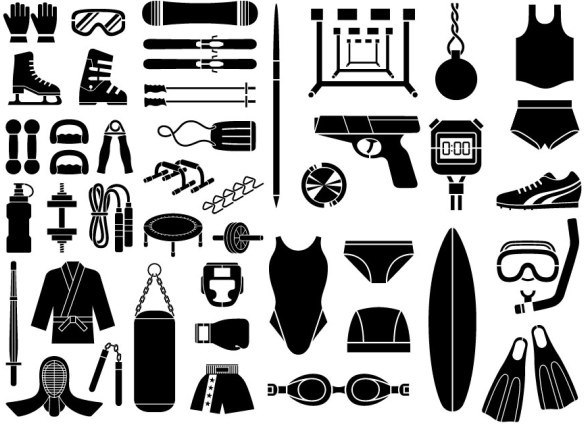
I was given the chance to share my thoughts and views in the Leadership Forum of Canadian Society of Respiratory Therapist in the 2017 annual conference. I spent few months studying and preparing a list of recommendations to remind managers of ways to improve their workforce (relating to different generations). In this post however, I will share some advice for employees, staff and students.
As you know, there are several factors that influence the characteristics of individuals such as gender, cultures, politics, race and ethnicity, educational background, age and many other factors. While individuals are grouped in various categories so they are better understood, each individual is unique.
Check out this quick chart with the list of the recent Generations:
| Cohort |
Veteran
(Traditionalist) |
Baby Boomer |
Generation X |
Generation Y
(Millennial) |
Generation Z |
| Age* |
74-92 |
57-75 |
36-56 |
17-35 |
7-21 |
| DOB |
1925- 1943 |
1942-1960 |
1961-1981 |
1982-2000 |
1996-2010 |
| *Age in 2017 |
|
Veterans grew up during wartime and scarcity. In order to survive and be successful, they had to be make calculated decisions, and had to work hard at their job. Change was associated with risks, which they may have not recovered from. Thus calculated decision making and royalty was the key to success. There are few existing biases and negative stereotypes out there which include Veterans being out of touch, Baby Boomers being workaholics, Generation Xers being slackers and Generation Y being demanding and disloyal. I hope that by explaining the experience and mentality of the individuals from different generations, it would lead to better understanding, empathy, and communication between people. I like to promote a culture of respects for everyone (regardless of their generation).
Baby Boomers are stereotyped as being workaholics. Just like Veterans, working hard lead to success! While Baby Boomers also had to work in a hierarchical structured workplace, they may not fully agree with this Top-Down structure. They enjoy having more options and more influence in the decision making.
Generation Xers are stereotyped as being Slackers. This generation cohort grew up taking care of themselves as both their parents were working. Keep in mind that there was an increase in divorce rates. It is not surprising that Generation Xers grew up being resourceful and independent. In addition, this generation was introduced to computers and access to information. They watched as corporations failed and had to laid-off staff. With a lack of full trust in institution and organizations, Generation Xers are careful in their relationships with organizations or employers. Generation Xers are resourceful, calculated, and may not be dedicated to a single employer/organization. This generation values work-life balance.
Millennials (Gen Y) are stereotyped as demanding and disloyal. Just like Generation Xers, Millennials are cautious about their relationship with organizations and employers. Grown up with instant access to computers, technology and information, this generations has higher expectations. Unlike the experience of Generation Xers, the parents of Millennials provided a lot of options to them, and included their children in more decision making. Thus, for Millennials and Generation Z, sharing their thoughts has been a normal part of their life.
Generation Z receives similar negative stereotype as Millennials. Just like Millennials, individuals from Gen Z are educated, enjoy instant access to information and opportunities.
To improve communication and to reduce the chance of perceived disrespect between generations, keep the communication style more formal and proper for older generations. Younger generation is comfortable with less formal communication and in less formal settings. Older generations value being heard as they like to pass on their knowledge and wisdom. Younger generation also enjoy sharing their thoughts and ideas despite having less experience than older generations.
Staff, students and employees need to realize that one size does not fit all, and they need to look at things through different lenses. Everyone is unique. Each person deserves a chance to work where they feel respected.
This post is meant to be short, simple, and to serve as a reminder. If you require additional information or have additional questions, feel free to get in touch with me.
Image credit: http://maxpixel.freegreatpicture.com/Models-Old-Communication-Generations-Phone-1662191
Farzad Raffi Refahi May 18, 2017




